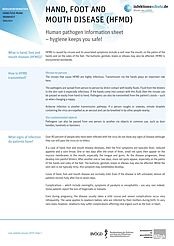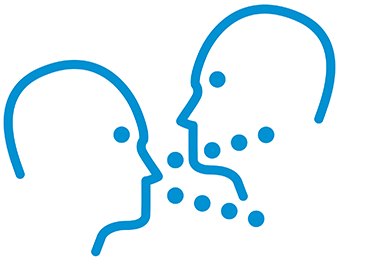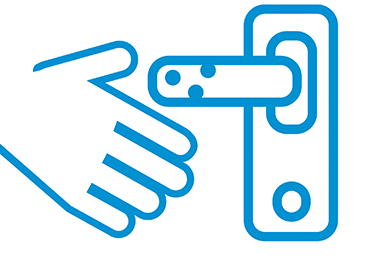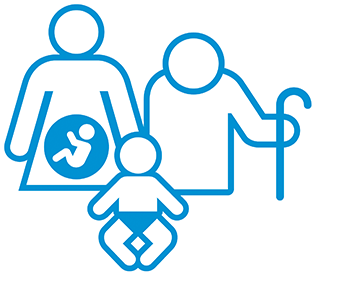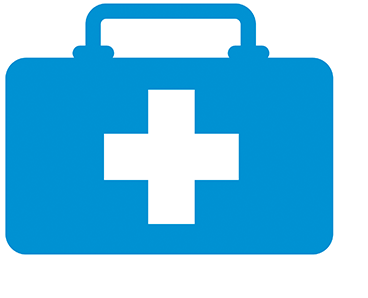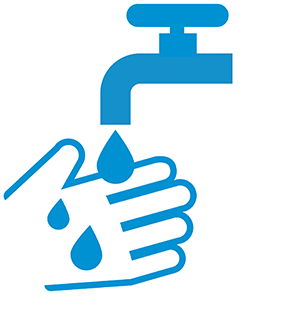Over 80 percent of people who have been infected with the virus do not show any signs of disease although they can still pass the virus on to others.
If a case of hand, foot and mouth disease develops, then the first symptoms are typically fever, reduced appetite and a sore throat. One or two days after the onset of fever, small red spots then appear on the mucous membranes in the mouth, especially the tongue and gums. As the disease progresses, these develop into painful blisters. After another one or two days, more red spots appear, especially on the palms of the hands and soles of the feet. The buttocks, genitals, knees or elbows may also be affected. While the skin rash is not typically itchy, this symptom may nonetheless develop.
Cases of hand, foot and mouth disease are normally mild. Even if the disease is left untreated, almost all patients recover fully after five to seven days.
Complications – which include meningitis, symptoms of paralysis or encephalitis – are very rare indeed. Some patients report the loss of fingernails or toenails.
Even during pregnancy, the disease usually takes a mild course and severe complications occur very infrequently. The same applies to newborn babies, who are infected by their mothers during birth. In very rare cases, however, newborns may suffer complications affecting vital organs such as the liver or heart.
